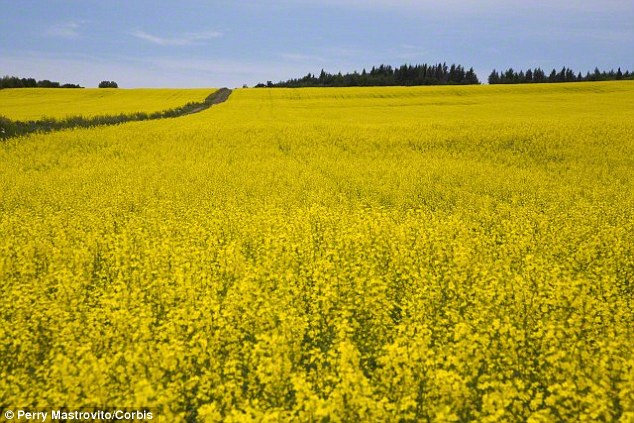The perception of colors changes with seasons
Lauren Welbourne, lead author of the new study elucidating this discovery notes: “It’s a bit like changing the color balance on your TV”.
The specific color in this case is yellow, and our eyes tend to interpret what “real” yellow looks like as being different in the winter compared to summer. Participants continued to agree, but their interpretation changed with the seasons.
That right, the latest research indicates that human color perception changes with the seasons, or perhaps more accurately, human visions adapts to the changing seasons.
Unique yellow is one of the most stable colors across populations.
Though whether a person sees the garment as white and gold or black and blue appears to be largely the result of a person’s perception of the image’s lighting, the phenomenon of priming – we expect to see the colors that we are used to seeing – plays a comparable role in how perception of unique yellow varies based on the season.
The team from the University of York set out to try to find an explanation for this.
The researchers in the Department of Psychology wanted to discover why this colour is so stable and what factors might make it change.
In the study, the scientists selected 67 people, both women and men, and told them to answer questions regarding the color in January and June.
But the so called “real yellow” looked very different in the summer than it did in the winter.
“What we are finding is that between seasons our vision adapts to changes in environment”, Welbourne said in a press release.
“In York, you typically have grey, tiresome winters and then in summer you have greenery everywhere”.
Researchers said that the vision goes with the changes in the environment.
The subjects were guided into a darkened room, given the proper time for their eyes to adjust to the change, then presented with a machine known as a “colorimeter” and asked to adjust the dial forward and backward until they felt that they were looking at a “real yellow” that had no traces of red or green.
Researchers started their study by guessing that unique yellow could depend not on the biology of the eye but instead on the color of the natural world.
Even though this study does not offer a cure or treatment for some disease Welbourne believes that the more scientists learn about how vision and color is processed the better they can understand how humans perceive the world.








